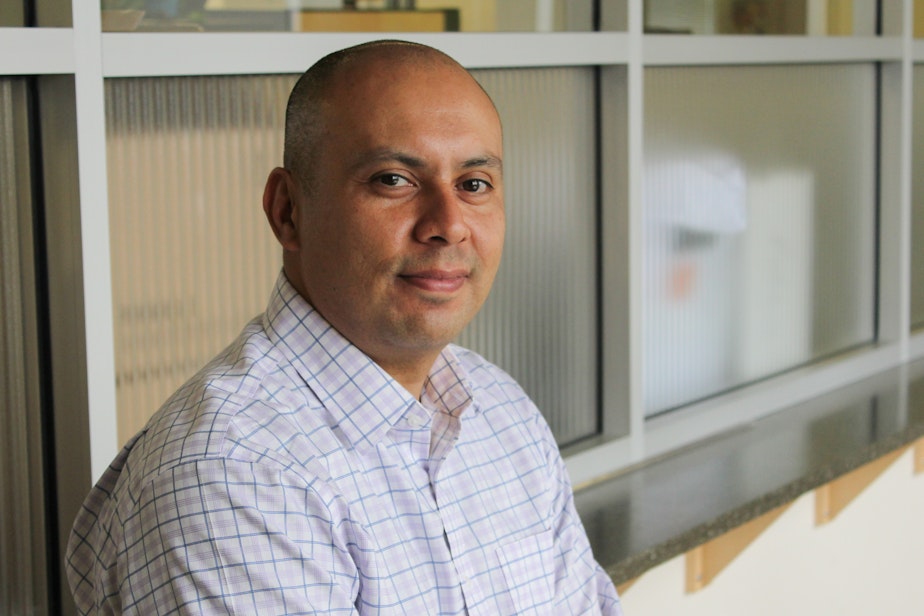Is your school racist? Ask the students

Chief Sealth International High School in West Seattle is among the most diverse schools in the city. Seventy-five percent of the students are black, Latino, Asian or Native. But a lot of its students of color felt that the teachers tended to pay more attention to the white kids.
A university researcher discovered this after the school staff's Race & Equity Team contacted him to look into the reasons behind the school's disproportionate discipline rates.
"There was some shock," said Filiberto Barajas-Lopez, an education professor at the University of Washington. "I can recall one or two teachers saying they couldn't believe that this was still happening.”
Barajas-Lopez said that while his team had been asked to look into discipline, they quickly determined that wasn’t the best place to start.
“Disproportionality and discipline are only symptoms of larger issues,” he said. “So we stepped back and we asked students general questions about their experiences in school, the quality of school life. We also asked them about their engagement in academic disciplines.”
Sponsored
Researchers asked about discipline, of course, but focused on what students were saying about what happened.
What stood out was that teachers appeared to be supporting students who they perceived to be more academically inclined. Those students tended to be white.
Students of color felt this was unfair – and that it distanced them from their teachers.
"It creates, to a certain degree, some distrust about whether they feel comfortable asking teachers for support," Barajas-Lopez said.
When Barajas-Lopez presented his findings to the staff, he said, there was some pushback. But, he said, more teachers were interested in learning more about what students had to say about the school.
Sponsored
"They were trying to understand what they could do in their classrooms," he said. "What is it that I can do to make a difference?”
The small group of teachers on the Race & Equity team worked to include the whole school community in finding solutions. "Regardless of all the tensions that it might bring to the school community, it's better to be talking about these issues more publicly," Barajas-Lopez said. He credits the staff for being open to the results and acting on them.
Barajas-Lopez said the study appears to have been positive for the students, too.
“Historically they've also been in the margins of these important conversations,” he said. “We make a lot of decisions and choices about youth and what's best for them, and rarely do we actually include them in this process.”
Clarification, 4:45 p.m., 5/26/17: This story has been edited to clarify the findings in and reactions to the study. It also was originally published under an incorrect byline.


